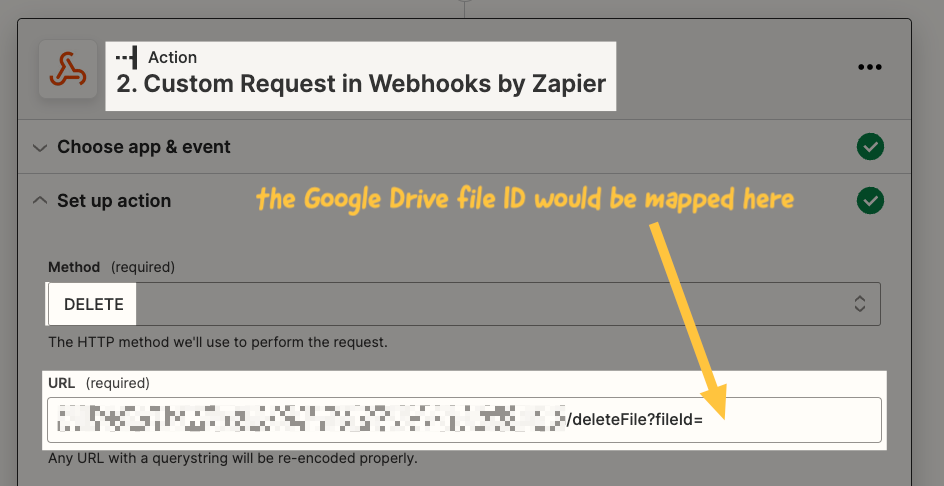I feel like Zapier has designed us info a corner by not providing any Actions that allow us to move, delete or change the sharing privileges on a document in Google Docs (or any service for that matter). So hopefully someone has an idea on how to solve this...
I have documents that are not government top secrets but are confidential enough that we can’t just turn on the “Anyone with a Link can view” sharing option of the google docs and leave it on forever.
The issue is I that I need to transfer a google document to another service that can only accept a publicly accessible URL to the file. Worst case scenario, I’m ok with this document being public long enough for the transfer from google docs to the service but then I need to remove the public accessibility. But hopefully there are services/options out there that can give even better security...
There are a dozen potential ways we can securely/semi-securely transfer this file from one major document service to another service. The issue is that I can’t figure out how because of Zapier’s massive (seemingly self inflicted and intentional?) limitations. So my questions are:
1) Is there a way to delete a Google Document yet? Or any plans to add this feature? (a search in the community seems to yield the answer NO but for other Zapier competitor services the answer seems to be yes, because others seem to understand how it isn’t a “nice to have” but is a requirement… any change of heart yet?)
2) Is there a way instead to change a Google document’s Sharing settings? (in other words, I can set it to “anyone with a link can view” and then after the file is transferred, I can remove/change that privilege/setting)
3) Is there a separate service I can utilize to where I can transfer a google document that provides some combination of the features to:
A) ability to delete the file?
B) ability to set privileges for the file link to be public and then set it back to private?
C) Adding credentials, tokens and keys to the file link URL parameters to act as credentials for the file, so the general link to the file isn’t public?
D) Provide for one time use links to the file? After that, the file self destructs or at least the global link dies.
E) Provide for an IP filter so only white listed IP addresses can access the file? (the service I want to transfer to publishes the handful of static public IP addresses that all calls will come from… in theory a file only accessible from those whitelisted IP’s would provide decent security)
4) Or are there ****ANY**** features in, or integrations with, Zapier that I can utilize to somehow transfer a google document to another service that is not within the Zapier security domain, that doesn’t involve making links to files globally publicly available forever until a human being logs in to delete the file or remove the privileges manually (which of course, would defeat the entire purpose of what we are trying to achieve by investing in Zapier automations)
Any ideas on how to solve this issue would be greatly appreciated.
Best answer by nicksimard
View original









